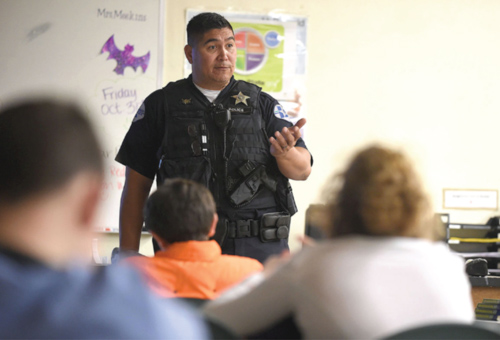


Join other law enforcement and school personnel to address school violence and youth victimization concerns through the use of crime prevention and response strategies and review lessons learned from relevant case studies. Examine the impacts of trauma on youth and effective strategies for working with students experiencing mental illness and learning disabilities. Explore the most current trends among youth relating to social media and alcohol and substance abuse. Discuss successful prevention and intervention program models.
